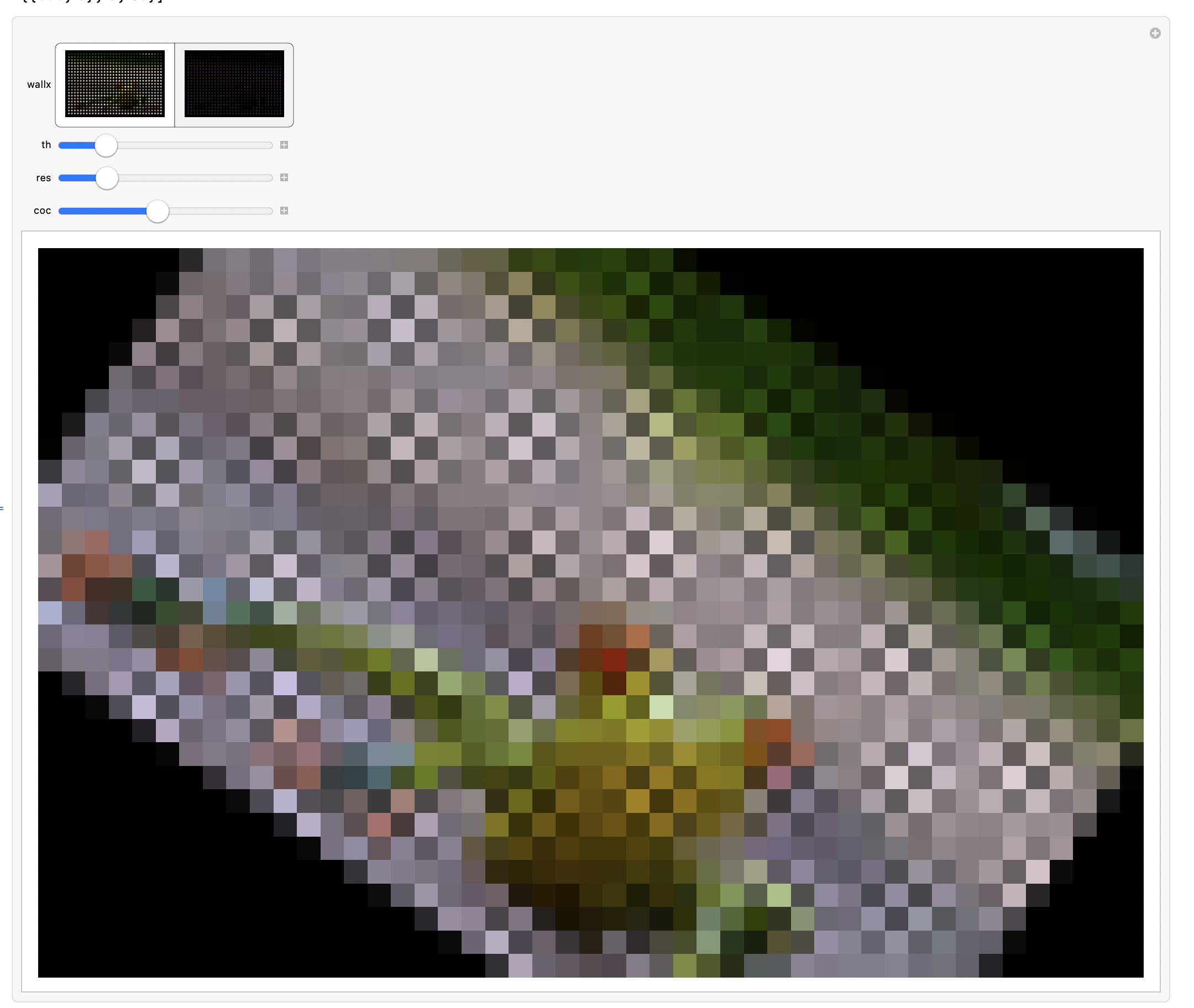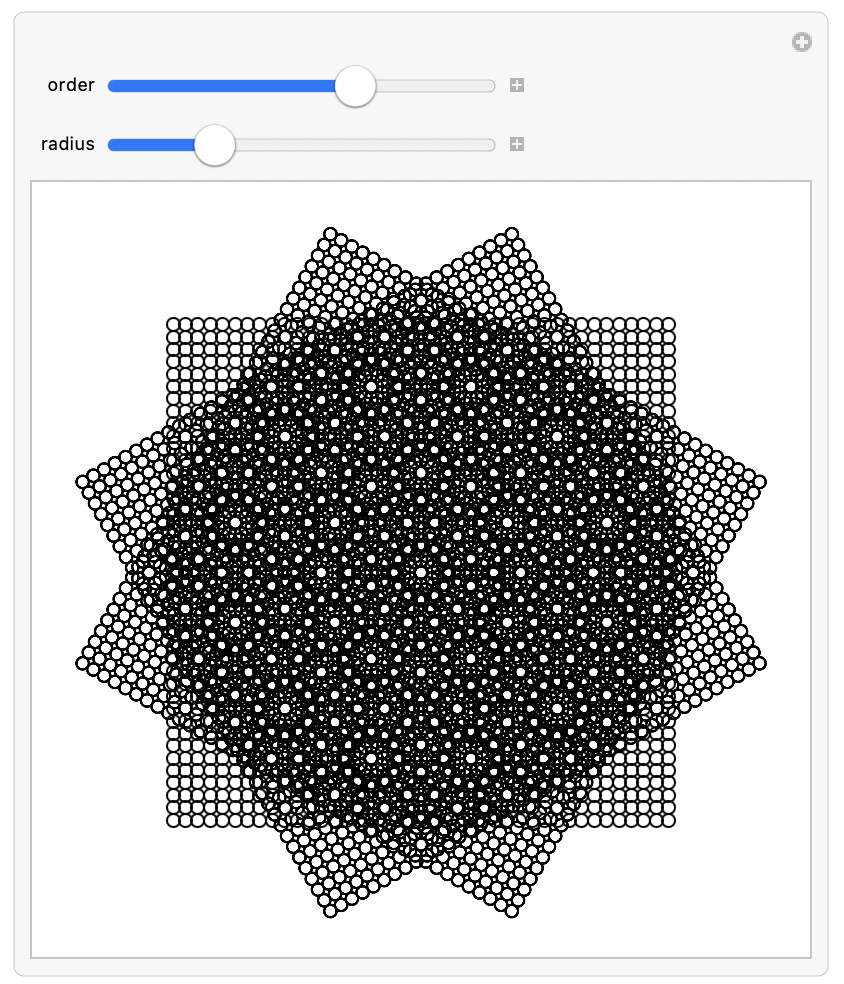Moiré patterns are interference patterns that can occur when two grids or sets of lines are overlaid at an angle or when they have slightly different spacing. These patterns are often seen in various fields such as imaging, printing, and signal processing.
In Virtual Production, moiré is primarily a problem due to the sensor grid of the camera sampling the rather narrow beams emitted from the LEDs of the LED wall. In practice, it is impossible to perfectly align the sensor grid with the wall’s LED grid. Thus, when the sampling and the LED beams are not aligned, moiré patterns appear.

Causes
- Aliasing: When a signal is sampled at a rate that is insufficient to capture the changes in the signal (e.g., below the Nyquist rate), aliasing occurs. This can create moiré patterns in the sampled signal.
- Interference: When two periodic signals with slightly different frequencies are combined, the resulting signal can show moiré patterns due to the interference between the two frequencies.
- Spatial Sampling: In imaging, when a high-frequency pattern is sampled by a sensor with a lower resolution, moiré patterns can appear due to the mismatch between the pattern frequency and the sensor resolution.
A Simple Demo
Explore the moiré simulator below, change the spacing and angles.
If the embed doesn’t load, open the demo in a new tab: wolframcloud.com/obj/01114563-989f-47dc-91ae-7c7da44c97a0
In digital imaging, if you photograph a finely patterned fabric, the camera’s sensor grid may interfere with the fabric’s pattern, creating visible moiré patterns in the image. This is due to the spatial aliasing effect. Understanding and mitigating moiré patterns is important in various applications to ensure accurate representation and analysis of signals and images.
Mitigation
The typical approach to mitigating moiré patterns in virtual production is to —
Adjust the camera angle or distance to the LED wall to minimize the interference between the sensor grid and the LED grid. Usually, the camera has to be positioned at a distance proportional to the LED pitch. The further apart the LEDs are, the further the camera needs to be from the wall to avoid problems.
Adjust the subject-wall distance accordingly. If the subject is too close to the display the moiré patterns will be more pronounced as well as sampling artifacts will be compounded by the subject’s masking off parts of the LED grid. In our particular studio case, the subject should be at least 2 meters away from the wall.
Almost always a bit of defocus is in order to blur the LED grid. Pay attention to your depth of field.
Buy a wall with a higher resolution LED grid to reduce the likelihood of moiré patterns.
Side Note: Marroquin Patterns
José Luis Marroquín’s (1976) dissertation http://books.google.com/books?id=KPm_GwAACAAJ was on the human perception of structure in these sorts of patterns. I have always found them aesthetically interesting as well as a great example of how our visual system can recognize the higher level structure in these images - here created with just three overlaid grids.

Your brain really really tries hard to ‘see’ structure in the visual world. Here, the structure is at a lower spatial frequency than the causal patterns. In this case, your visual system seems to prioritize the lower-frequency, structured ‘aliasing’ over the higher-frequency, causal patterns.